MNDFL Meditation
7 years ago by

Consider meditation the long-lost sibling of what we western folk call yoga. While the popular practice of stretching, balancing, and breathing has captivated hunks and housewives alike, meditation remains a bit of a mystery. What does “good” meditation look like? How does it feel when you’re doing it right? Can I make this magic happen before the next arriving bus? And, most importantly – how can I sit my wild self down for more than 30 seconds before combusting?
As a trilogy of studios throughout the city, MNDFL Meditation aims to bring meditation to New Yorkers’ daily lives much like a yoga studio: through a variety of group classes and private lessons. In keeping with their truly inclusive essence, MNDFL takes the accessibility of meditation one step further by allowing space for self-practice. You know, just in case your fourth-floor walk-up facing the busiest bar in the East Village isn’t working for ya.
There are about as many questions as there are misconceptions about the age-old (and truthfully, simple) practice of resetting one’s mind. Here to ground us in both ourselves and our concept of meditation is Ellie Burrows Gluck, co-founder of MNDFL and human motivational quote generator!
What is the significance of separating meditation from yoga/ similar practices? And why did launching one of the first meditation-only studios feel necessary?
Yoga was designed to prepare the body for meditation – in some ways, meditation picks up where yoga leaves off. If you love savasana at the end of your yoga class, you’ll likely love meditation. And while they are both important practices, it’s important to define what meditation is. Meditation is the act of bringing your mind to a single thing like the breath or a mantra and when you get distracted, returning to that object of attention. In the last thirty years, yoga has been embraced by the fitness movement. In some ways, meditation is now where yoga was thirty years ago and science is just now proving what some spiritual traditions have been saying for thousands of years. It’s not just someone in a faraway land in robes telling you this is good for you. It’s your doctor, boss, best friend, even institutions like Harvard, MIT, and Stanford. It is for this reason that MNDFL can open its doors in a place like New York City, with the goal of making meditation as accessible as possible. It’s only in the last five years that I’ve personally noticed it take hold in popular culture even though it’s been advocated for in the states since the 60s and 70s by people like Sharon Salzberg, Jack Kornfield, Maharishi Mahesh Yogi, and Jon Kabot-Zinn.
Your studio is open to those who wish to self-practice or go through their own guided meditation, which is rare among studios and helps to eliminate the vibe of “snooty yoga studio” that often turns people away from the practice. How high of a priority was it to cultivate this inclusive atmosphere?
Inclusivity has always been a core value of ours. Inclusivity, not just in terms of the spectrum of new to seasoned practitioners, but in making conscious decisions to make sure anyone and everyone feels welcome in our space. In addition to our very diverse schedule which features 30, 45, and 60 minute thematic classes both beginner and advanced levels which range in price from $10-50, we also have an equally diverse teaching and administrative staff. Our community is truly a reflection of that. Our youngest member is 9 and our oldest is 91. Community members come in all shapes, sizes, and colors. And, all of our studios are located right near, if not on the same block, as subway stops. When we set out to be accessible, we meant it.
A former yoga teacher of mine used to say “Often, we are human doings rather than human beings. Just be.” How do you find the confidence to just be?
I think this answer will vary depending on who you’re asking, but I think your yoga teacher is on to something. Speaking of things teachers like to say, my very first teacher likes to say, “True control comes from doing nothing.” I often repeat this to myself when my emotions are heightened in my personal or professional life. From an evolutionary perspective, our body doesn’t know the difference between a bear that’s attacking us and an angry email from a boss or client. When our bodies fill with adrenaline, we want to act out in various ways by fighting or flying. We do whatever we can to try and get a handle on our emotions and gain control of the situation. But in states like that, we end up making decisions with a total lack of clarity. Sometimes if we just sit with ourselves in the discomfort and let it move through us instead of acting out or responding right away, we start to feel empowered instead of powerless.
In my experience, people often look at those with a meditation or yoga practice and assume they have their self-care under control. With that said, how can we take the first steps to nourish ourselves daily through meditation? And what is the biggest myth about “having it all together” as a meditation/yoga instructor?
There are three “C” words I try to remind people of when it comes to meditation: commitment, consistency, cumulative. Committing to a style and practicing consistently allows us to experience firsthand the cumulative effects of meditation. It’s tough for everyone when they begin a practice. Meditation won’t turn off your mind and that’s totally normal. Be aware if your mind starts to wander, then bring yourself back to the breath or mantra. Like going to the gym or learning to play an instrument, you can’t lose 10 pounds or play Mozart after a single session. In the beginning, I felt a little bit like an infant learning how to walk. I remember fumbling my way through a sit: “Am I doing this right?” “Wait, what was my mantra?” “Why am I naming all the things on my to-do list?” “What am I going to have for lunch?” – that’s a part of the process. To this day, I’ve never had a thoughtless meditation in my life. If you don’t have access to our meditation studio, check out MNDFL Video, that’s a great place to start, but if you can come visit us, we will hold your hand from beginning to end and really help support you in building a practice.
And with regard to the second part of your question, more people are committing to a practice because it allows us to really get to know the self we intend to care for. One of the Tibetan words for meditation is “gom” which means “to become familiar with.” Meditation helps you become familiar with all of who you are. If we understand how we are feeling in the present moment (joyful, fearful, closed off, triggered), then we can learn how to cultivate compassion for ourselves, and then in turn have compassion for others. Meditation gives people permission to really take the time to be gentle and curious about their experience so they can show up better for other people in their life. And, I ardently believe that there is no such thing as “having it all together.” That is the myth itself. Life is messy and meditation can help us to breathe and remember that we’ll never be able to clean it all up.





















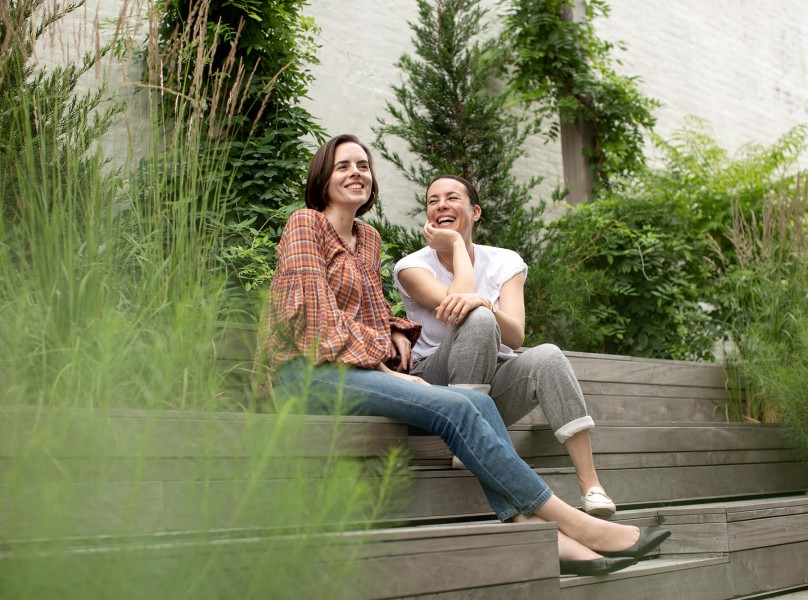

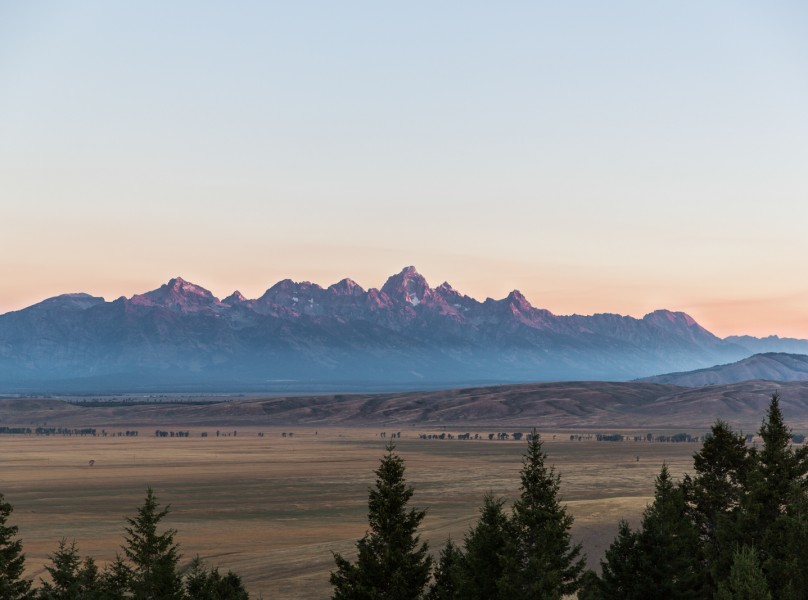
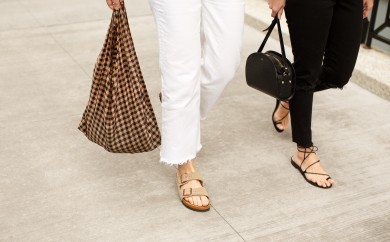
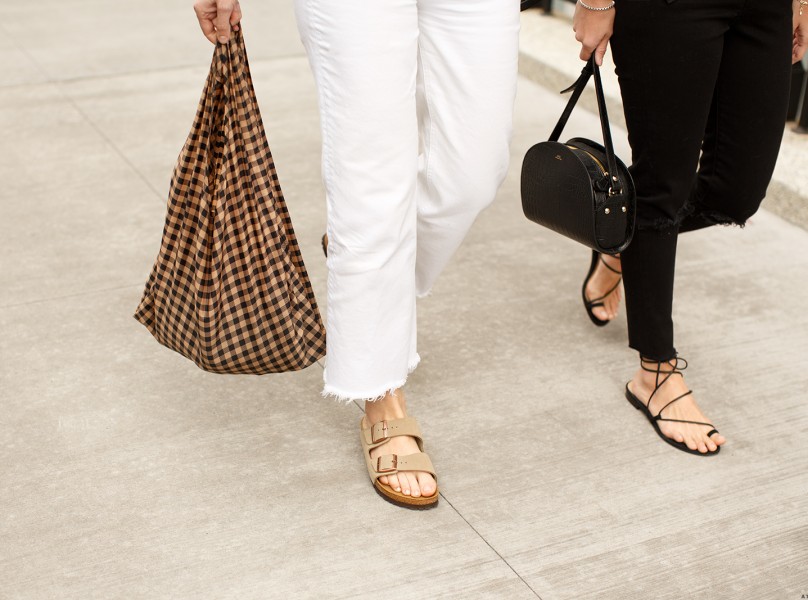
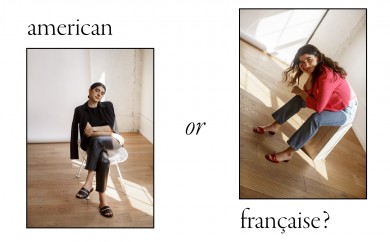
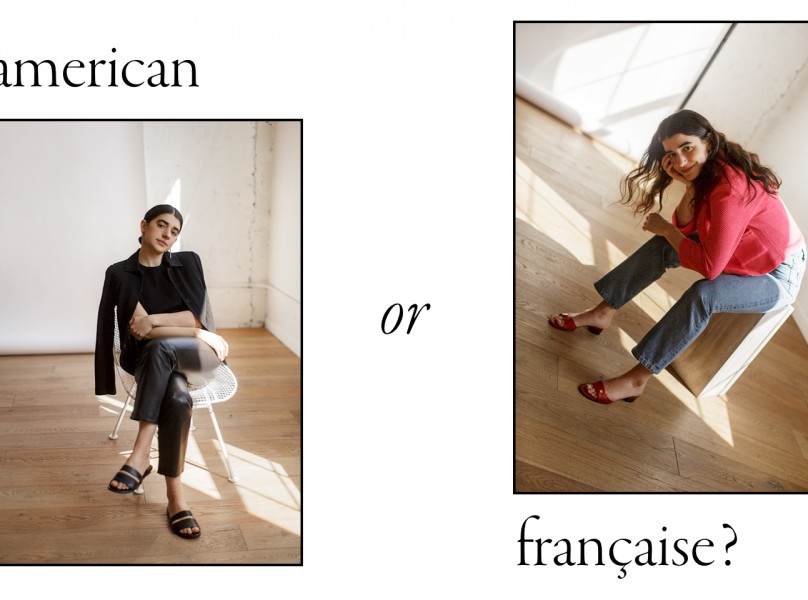






























This game are very much and simple skill based game get free robux if you want to get more related basic info for this game,so just connected this site.